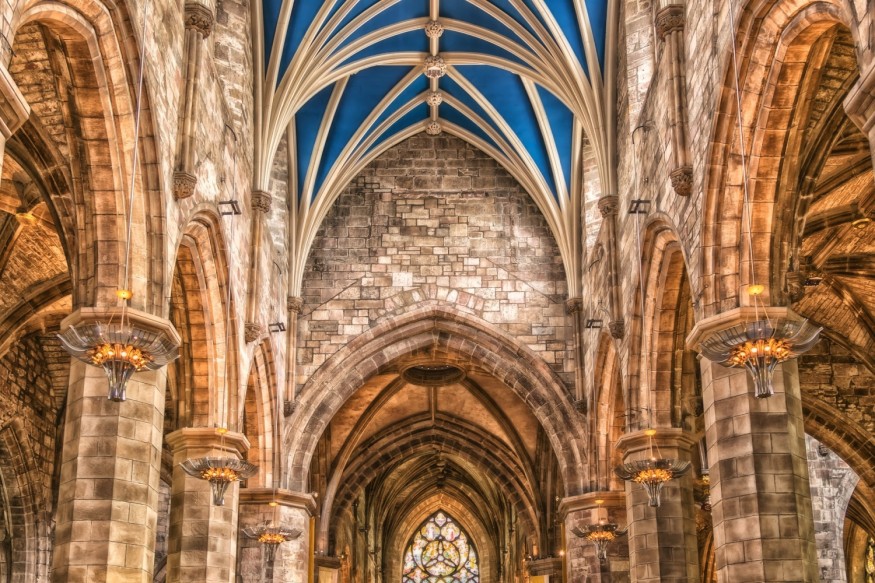
The Church of England would take steps to reach net-zero carbon emissions by 2045. The church is expected to making radical adjustments to how it heats its 40,000 buildings, among their vast medieval cathedrals.
There may be heated cushions in pews geared toward warming individuals in preference to heating the air in churches and cathedrals, and bishops may be discouraged from air travel outside the country.
The church is launching an energy rating system similar to the ones used for family home equipment to screen the carbon footprint of its homes, which also include schools, halls, and vicarages. "If you can't measure it, you can't manage it," said Nicholas Holtam, the bishop of Salisbury and the church's lead on environmental affairs.
The C of E's ruling body, the General Synod, will discuss a motion next month calling on the church to reach net-zero emissions by 2045 on the latest.
In a statement, the Church of England submitted a paper to the committee saying all church elements have to take action or "ramp up what they're doing."
The church has to start by getting their own house in order. The general picture, however, remains 'patchy,' although the paper claims there are exceptional initiatives.
The examples include switching to LED lighting, moving away from fossil fuels to renewable energy as the source of electricity, using electric instead of petrol or diesel vehicles, and inspiring biodiversity in churchyards and glebe land.
The church added they might need to consider their global travel, knowing that there are strong links and connections with other religious people worldwide. However, it noted there are different developing approaches to nurturing the relationships with the rest of the world, which might be more sustainable and offsetting flights when necessary.
The church is committed to reducing its carbon footprint by 80 percent in 30 years. Holtam said that some dioceses might like the church to move faster than net-zero by 2045. However, they would have to travel collectively as a church, and "set practical targets".
Environmental campaigner Greta Thunberg and Extinction Rebellion, according to Holtam, had been "brilliant" at forcing the climate crisis on to the global agenda.
"The Church of England has buildings in every architectural design and material from the past 1,500 years, posing a few particular demanding situations while it comes to power efficiency," he stated.
While noting that churches are not museums, Holtam said the churches are living buildings that serve their communities every day. He added having a "green lifestyle" would mean teaching the parishes to do things to get smarter about electricity consumption.
Holtam said people would require innovation, faith, and dedication from our churches, schools, and communities if setting a net-zero target of 2045, five years ahead of the government's target, would serve as a significant statement of intent by General Synod.
However, Christian Aid said the C of E needs to cross further, mentioning that the National Farmers' Union is planning for its entire region to be net-zero by 2040, and the United Kingdom water industry with the aid of 2030.
Patrick Watt, the charity's director of policy and public affairs, said the church should be on the forefront on matters of morality and injustice, which "models a prophetic vision that gives hope to the underprivileged and voiceless." He said, people suffering at the fingers of the climate disaster in the global south want institutions in the wealthy countries to cut emissions immediately.
© 2025 NatureWorldNews.com All rights reserved. Do not reproduce without permission.





